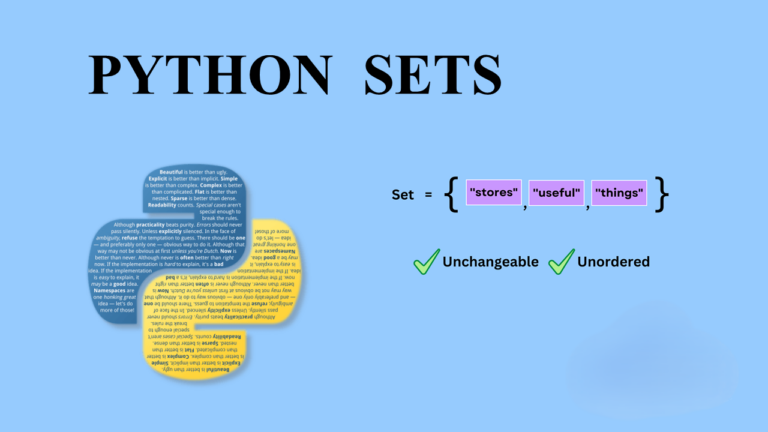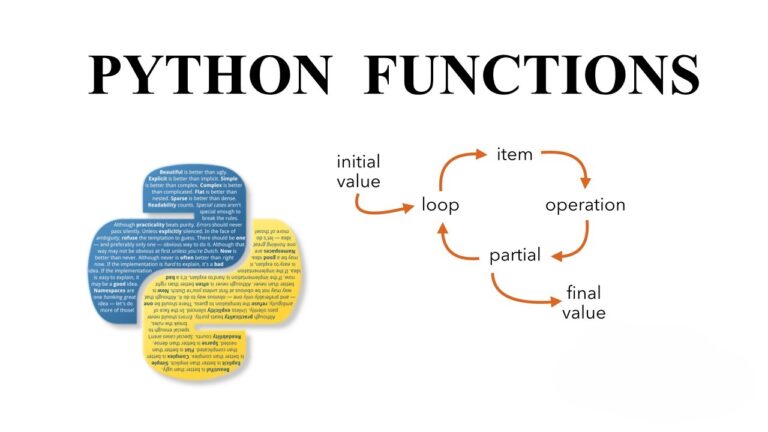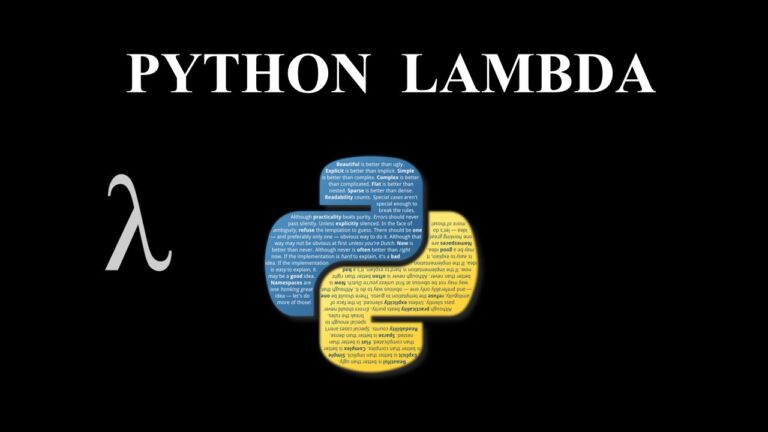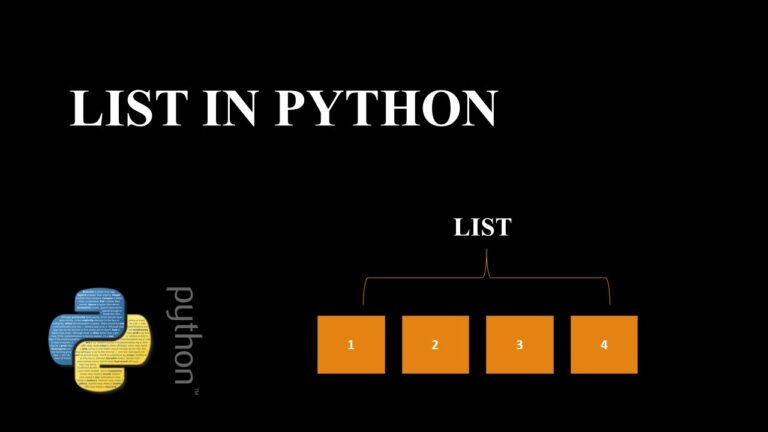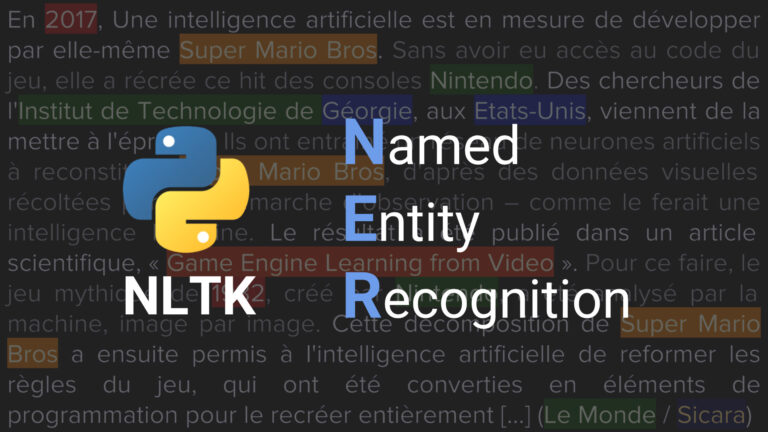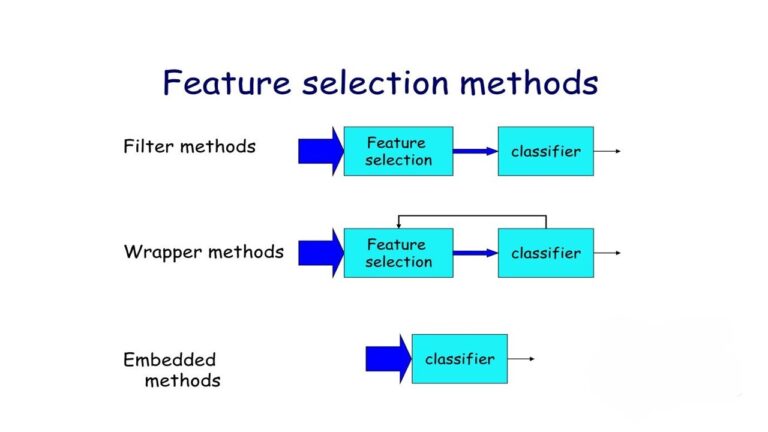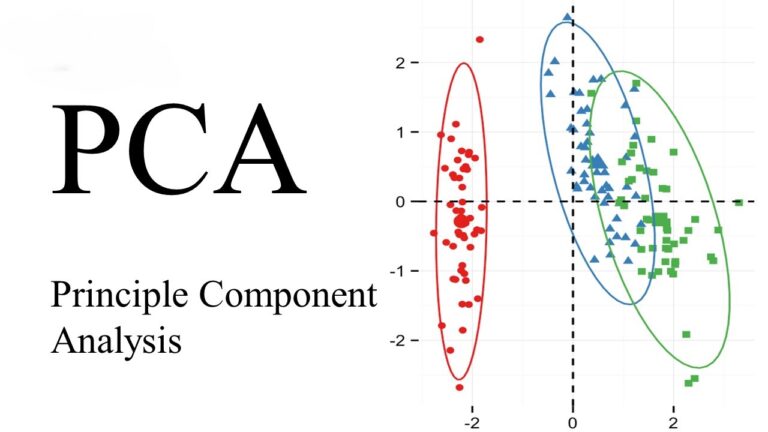Set Your Python Skills on Fire with the Power of Sets 😮
Sets in Python are a versatile and powerful data type that provide a unique way to store and manipulate collections of elements. In this exploration, we will delve into the fascinating world of sets, understanding their creation, modification, and various operations that can be performed on them. Creating Sets A set is a collection of…

